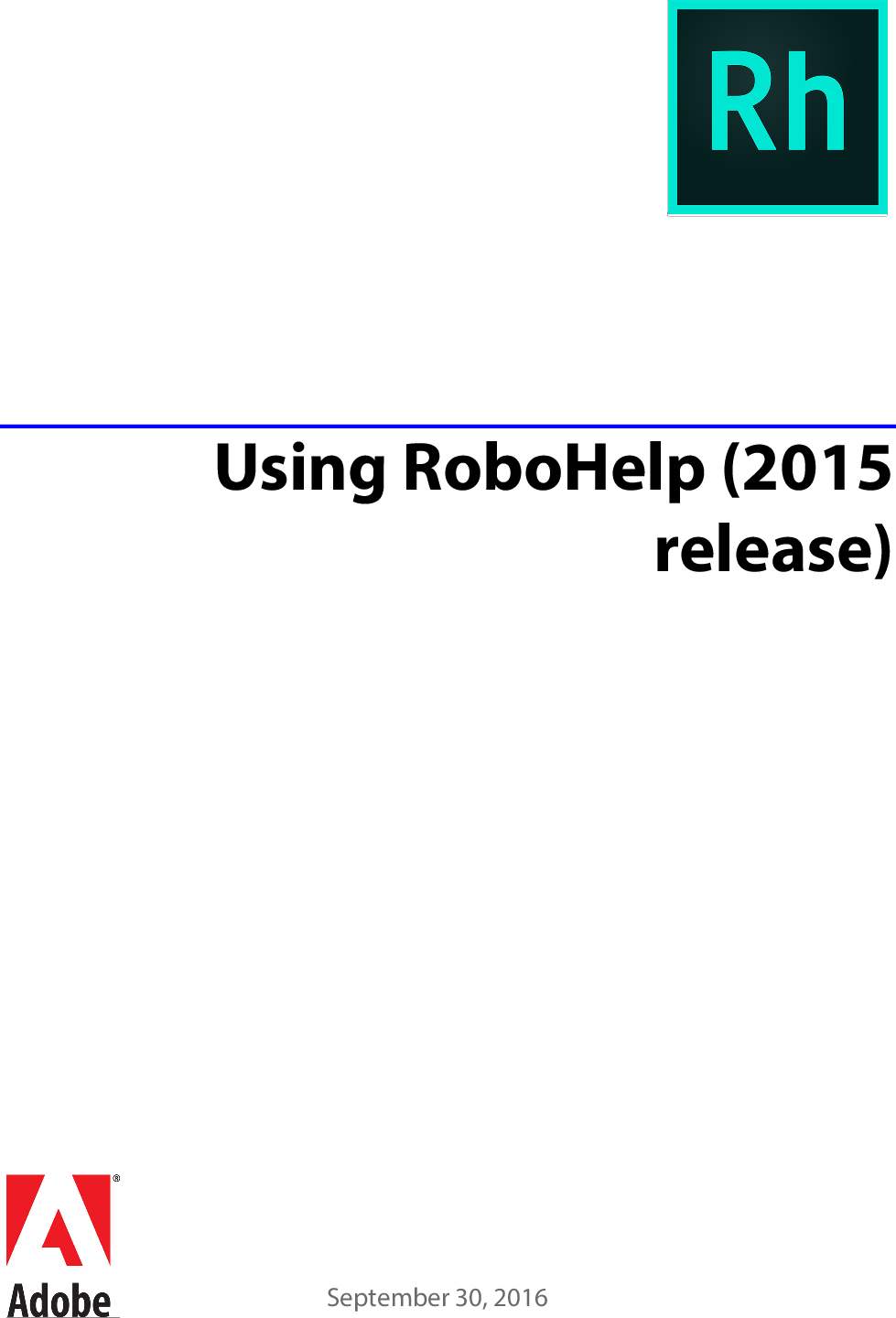Oct 02, 2016 According to what I've been reading on the web, my MacBookPro 5,5 (mid 2009) should not support macOS 10.12, Sierra. However the Mac App Store allows downloading it. I would like to prevent downloading 5GB of files and finally discover that the installer says 'your mac is not supported'.
OS X Mountain Lion on Unsupported Macs. MacOS Extractor, OS X Patcher, and MacPostFactor are apps that guide you through patching and installing OS X El Capitan (10.11), Yosemite (10.10), Mavericks(10.9), or Mountain Lion (10.8) on your older Mac. MacOS 10.12 Sierra Unsupported Macs Thread. The ID for 'Install OS X El Capitan' is. I have Three Mac Pro: 3,1 2Quad cores of 3,0Ghz with Capitan. When the operation completes, boot your target unsupported Mac off the USB drive you just created. Note: Only perform steps 5 and 6 if you intend to do a clean install. Otherwise, you can simply skip these steps and install to your volume containg a previous version of OS X, and it'll do an in-place upgrade.
OS X operating system software only
Overview | This page explains how to install the SMART Notebook 18 software. |
Product |
|
Concepts |
|
You can start the installer by downloading the installer from the SMART website.
To download and start the installer from the website
Go to https://education.smarttech.com/products/notebook/download#students.
- Choose a Download Type.
Enter your information into the following fields:
First Name
Last Name
Job Title
Email
Country
Select the service agreement check box.
Select Mac under Change operating system.
Click DOWNLOAD - MAC.
Save the file to a temporary location.
Browse to and double-click the file.
The SMART Learning Suite Installation Wizard appears.
To install the software using the installer
Start the installer as described in the previous procedure.
A window appears with the message “This package will run a program to determine if the software can be installed”, click Continue.
The Welcome screen appears, click Continue.
Review the terms in the end user license agreement, and click Continue.
The terms of software license agreement will appear, and if you accept the terms, click Agree.
Select the check box if you want to join the Customer Experience Program, and then click Continue.
Select the software you want to install.
Notes
SMART Notebook, SMART Product Drivers, and SMART Ink are selected by default. Handwriting recognition (English) is selected by default. You can select other languages if you want handwriting recognition in other languages.
SMART response 2 assessment tool is now included in the installation and replaces SMART Response.
If you select SMART Notebook, click its disclosure triangle, and then select the Gallery collections you want to install.
Click Continue.
Click Install.
Notes
If you install the software without a valid Product Key you’ll receive a 45-day trial.
For further information see, the SMART Learning Suite web page.
The Installation Wizard will display the message, “The installation was successful. The software was installed”. Click Close.
Important Notes:
- Using APFS is REQUIRED in Mojave in order to receive system updates via the normal Software Update method. If you choose to continue using macOS Extended (Journaled) as your filesystem type, you will NOT receive System Updates via System Preferences. If you are not using APFS, you can follow the 10.14.1 installation steps below.
- After applying ANY system update via Software Update, re-applying post-install patches using your Mojave Patcher installer volume will most likely be necessary. If you install a software update and the system fails to boot afterwards, this is what needs to be done.
10.14.6
10.14.6 can be updated normally via Software Update if using an APFS volume, and will need to be patched using an installer volume created with Mojave Patcher version 1.3.2 or later after installing.
10.14.5
10.14.5 can be updated normally via Software Update if using an APFS volume, and will need to be patched using an installer volume created with Mojave Patcher version 1.3.1 or later after installing.
10.14.4
10.14.4 adds new changes that ARE NOT patchable by the post-install tool of Mojave Patcher v1.2.3 and older! Before updating to 10.14.4, you you will need to use the latest Mojave Patcher version to create a new installer volume, using the 10.14.4 installer app. Then, update to 10.14.4, either by installing via Software Update, or by just using the installer volume you've created to install.
10.14.3
Macos Big Sur Install Assistant
If you are currently running 10.14.1 or 10.14.2, you can simply use the Software Update pane of System Preferences (if using APFS) to apply the 10.14.3 update. Once the update is installed, you will most likely need to re-apply post-install patches to get the system to boot again. This process is detailed in steps 8 - 10 above. If you are currently running 10.14.0, you'll need to proceed with the 10.14.1 update method described below.
10.14.2

If you are currently running 10.14.1, you can simply use the Software Update pane of System Preferences (if using APFS) to apply the 10.14.2 update. Once the update is installed, you will most likely need to re-apply post-install patches to get the system to boot again. This process is detailed in steps 8 - 10 above. If you are currently running 10.14.0, or are using a non-AFPS volume, you'll need to proceed with the 10.14.1 update method described below.
10.14.1/macOS Extended (Journaled) volumes
Mac Kernel Source Patch
The Mojave 10.14.1 update does NOT install properly on unsupported machines, and could result in an unbootable OS. If you want to install the 10.14.1 update (and are not currently running 10.14.1), perform the following steps:
• Download the latest version of Mojave Patcher
• Download the installer using the Tools menu of Mojave Patcher
• Create a patched USB installer
• Boot from that, and install 10.14.1 onto the volume containing an older release.
• Once done, apply the post-install patches, and you should now be on 10.14.1.